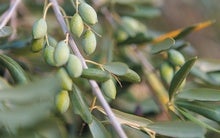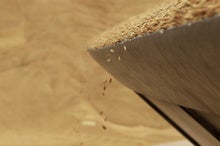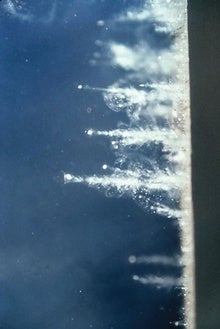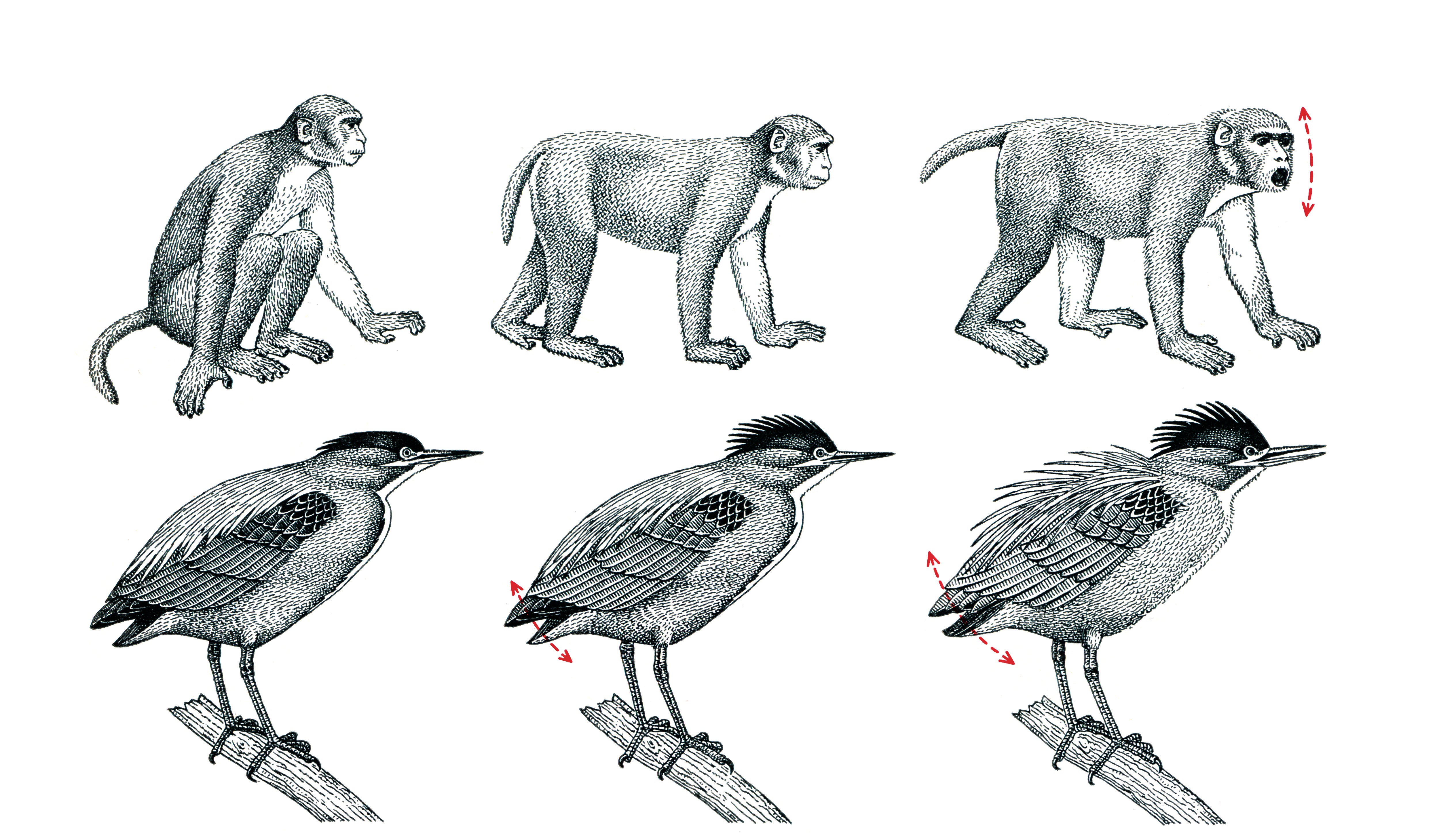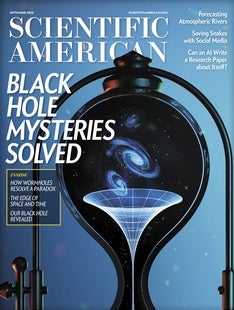 |
| August 23, 2022 |
Dear Reader,
Before summer draws to a close, you still have time to build a sandcastle. In this week's lead story, a geotechnical engineer explains how to craft sturdy structures from ever-shifting grains. |
| | Sophie Bushwick, Associate Editor, Technology
| |
 |
| |
| |
| |
| |
| |
| Public Health Nuclear War Could Spark Global Famine Smoke from burning cities would engulf Earth after a nuclear war, causing worldwide crop failures and starvation, models show | | By Alexandra Witze,Nature magazine | | | |
| |
| |
| QUOTE OF THE DAY
 "Each new multigrasping bionic hand tends to be more sophisticated but also more expensive than the last and less likely to be covered (even in part) by insurance. And as recent research concludes, much simpler and far less expensive prosthetic devices can perform many tasks equally well, and the fancy bionic hands, despite all of their electronic options, are rarely used for grasping." Britt H. Young, IEEE Spectrum | |
FROM THE ARCHIVE
 | | | |
LATEST ISSUES
 |
| |
| Questions? Comments?  | |
| Download the Scientific American App |
| |
| |






